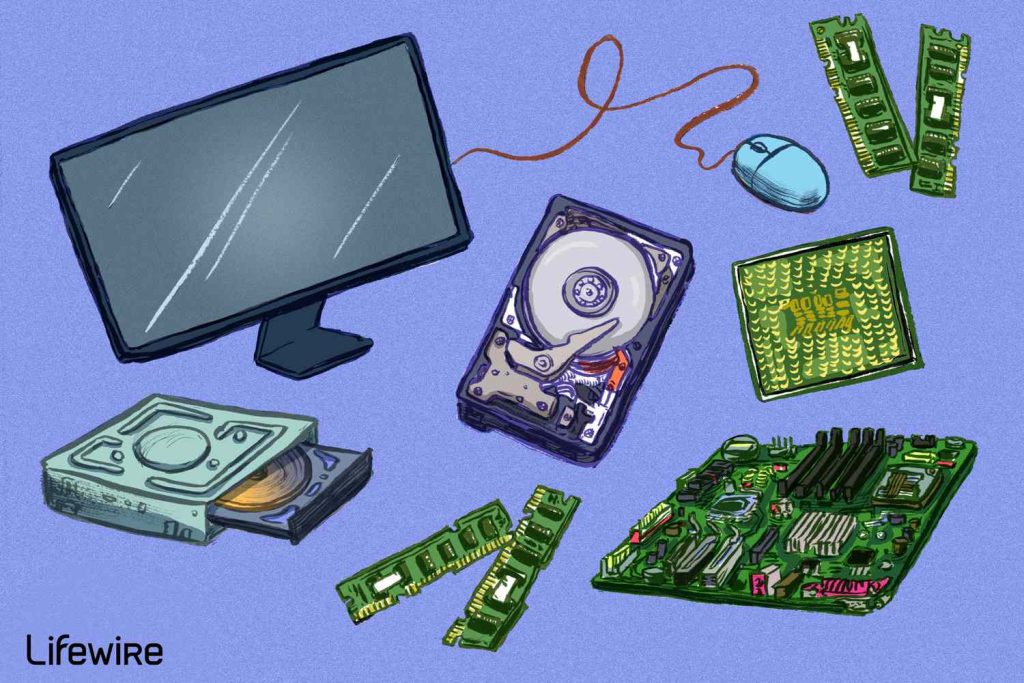Equipment encompasses the tangible components of research methods, offering as the inspiration for digital engineering and innovation. From the simple abacus to the cutting-edge quantum computers of nowadays, electronics has undergone a remarkable development, pushed by improvements in materials science, engineering, and computing theory. At its primary, electronics comprises a varied array of components, including processors, memory segments, storage products, input/output peripherals, and networking gear, each enjoying an essential role in the efficiency and efficiency of research systems.
The quick velocity of technological development has generated the growth of significantly powerful and efficient hardware solutions. Moore’s Legislation, which predicts that the number of transistors on incorporated circuits may double around every 2 yrs, has offered as a guiding concept for hardware progress, operating development and encouraging exponential growth in computational capabilities. Consequently, modern electronics devices are capable of doing complex calculations and executing sophisticated algorithms with unprecedented rate and efficiency.
One of the very significant tendencies in hardware progress could be the move towards parallel research architectures. Conventional successive handling techniques are being increased or replaced by similar handling techniques, which let numerous responsibilities to be accomplished concurrently, leading to substantial changes in efficiency and scalability. Similar computing is particularly well-suited for projects such as medical simulations, information evaluation, and synthetic intelligence, where big datasets and complicated computations are common.
Still another crucial part of electronics development is the growth of specialized accelerators and co-processors designed to offload particular computational tasks from the CPU. Graphics control units (GPUs), as an example, are commonly useful for accelerating design portrayal and similar processing projects, while field-programmable entrance arrays (FPGAs) provide mobility and programmability for a wide selection of applications. Recently, there is a huge growing interest in neuromorphic research, which attempts to copy the structure and purpose of the individual mind applying hardware-based neural networks.
As well as advancements in processing energy and effectiveness, hardware progress in addition has dedicated to increasing energy effectiveness and sustainability. As concerns about weather modify and environmental influence develop, there’s raising stress on equipment companies to create products that consume less energy and create less emissions. This has generated inventions such as low-power processors, energy-efficient data centers, and eco-friendly manufacturing techniques, all directed at reducing environmentally friendly presence of computing technology.
Protection is still another critical consideration in electronics style, specially in light of the rising threats sat by cyber attacks and knowledge breaches. Hardware-based protection functions, such as for example protected start systems, equipment encryption, and respected software segments (TPMs), help defend sensitive sazeplus.com knowledge and ensure the strength of processing systems. Furthermore, improvements in hardware-based verification and biometric technologies offer new ways to improve safety and solitude in digital systems.
As equipment continues to evolve and improve, it is driving creativity across a wide selection of industries and applications. From autonomous cars and clever appliances to healthcare products and professional robots, hardware systems are reshaping the way in which we stay, function, and connect to the world about us. With continuous research and progress efforts pushing the limits of what is possible, the ongoing future of equipment keeps remarkable promise for continued development and advancement in the electronic age.

